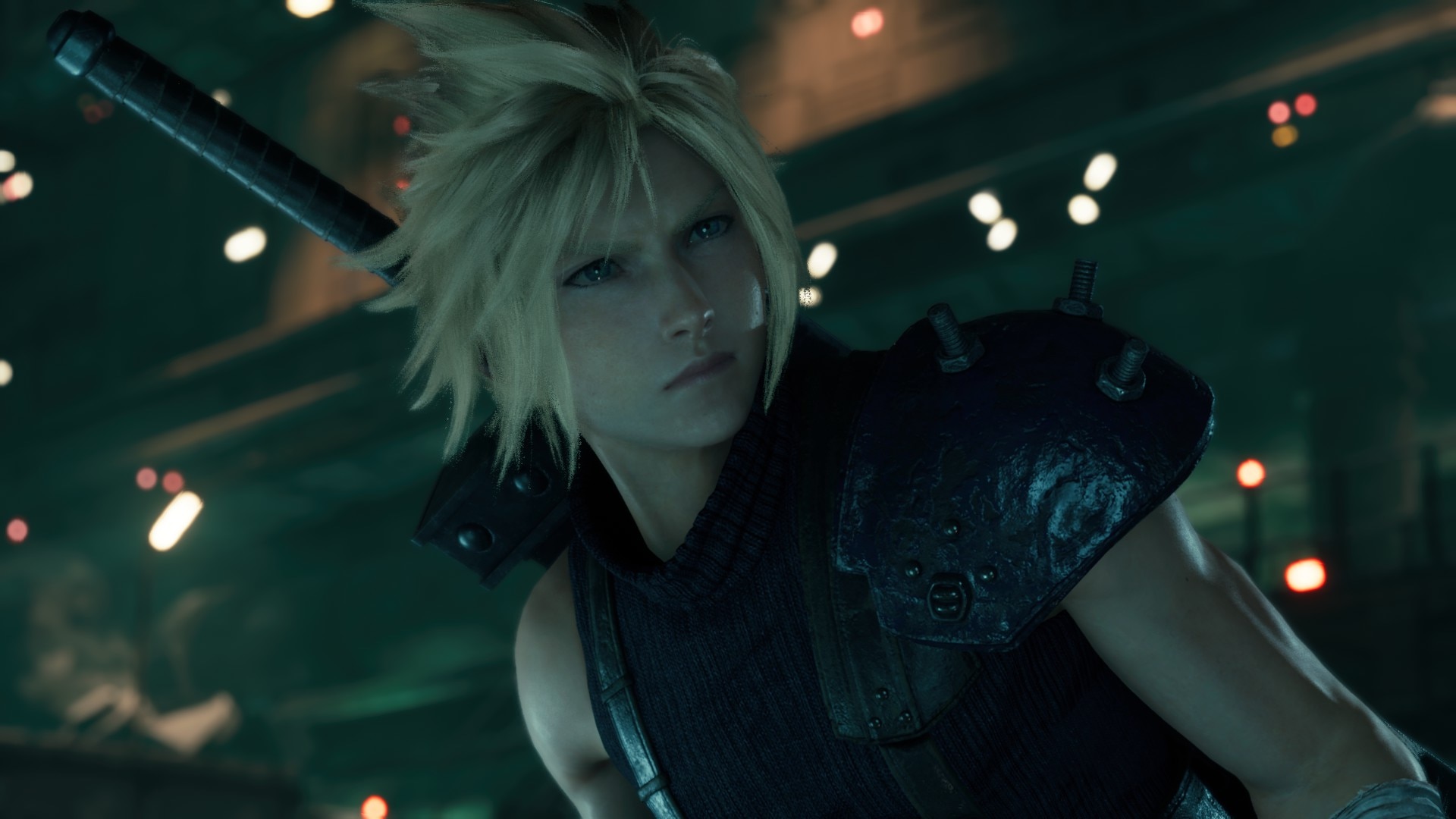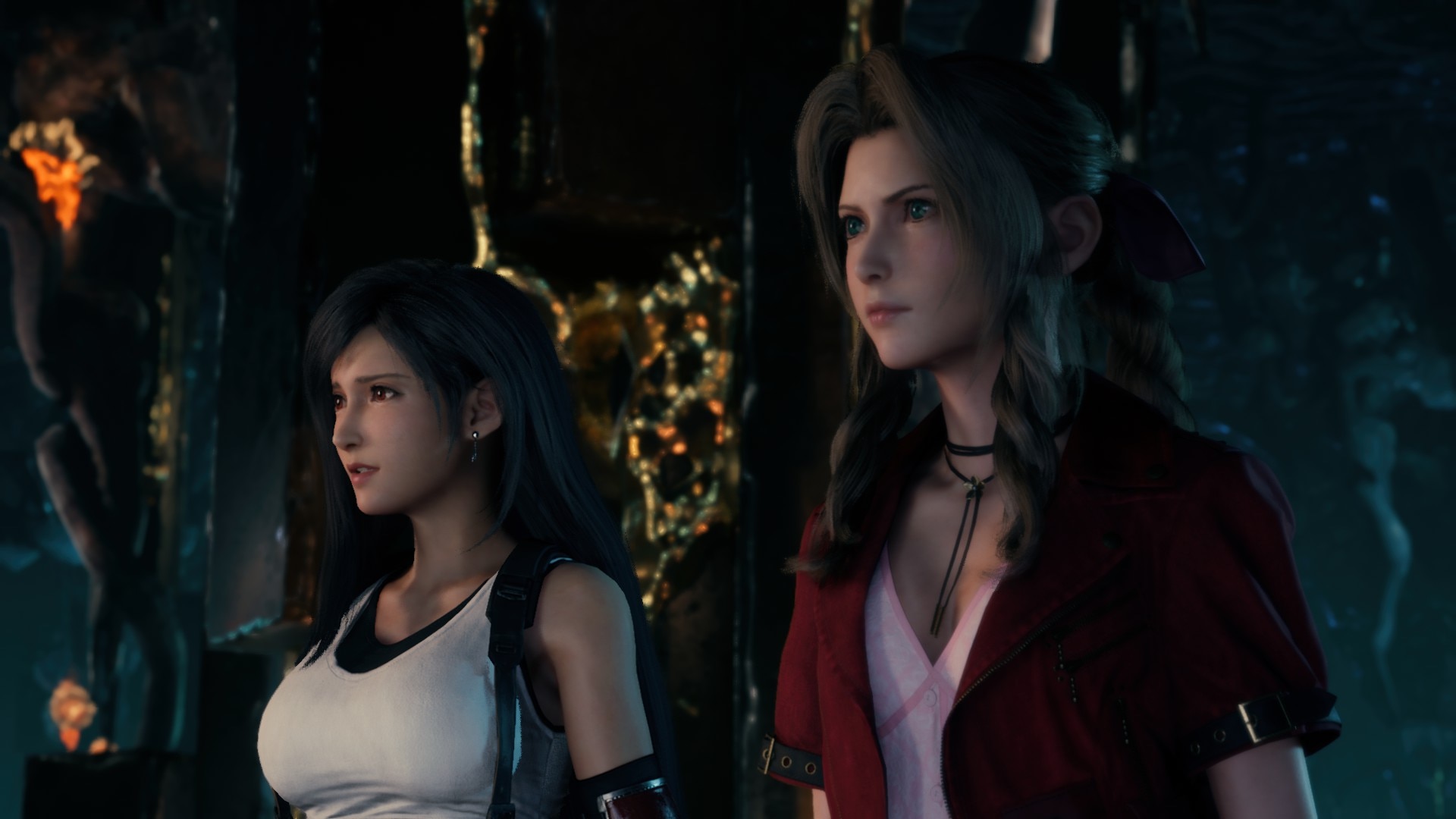The artistry of video game design often extends beyond the gameplay and narrative. The overarching theme, as any fan of Hideo Kojima will tell you, bleeds into every detail, including their cover artwork. But, while the Japanese video game auteur is widely associated with such subliminal messaging, he's not the only creative genius to use every aspect of a game to tease audience of its release. Case in point, Tetsuya Nomura.
The mastermind behind some of Square Enix's most iconic titles, including the Final Fantasy 7 Remake trilogy, appears to have imbued profound symbolism into the cover art for Final Fantasy 7 Rebirth, the halfway point of the aforementioned trilogy.
What's more interesting is this new design philosophy stands in stark contrast to the relatively simplistic art that graced the cover of Final Fantasy 7 Remake in 2020.
Central to the Rebirth cover is the enigmatic figure of Sephiroth, a character whose influence and essence permeate the narrative of the Final Fantasy series. He stands prominently, flanked by the formidable duo of Cloud Strife and Zack Fair. The backdrop, a swirling melange of foreboding reds and yellows, amplifies the ominous atmosphere. In an attempt to offer insights into this meticulous design, Square Enix took to social media.


